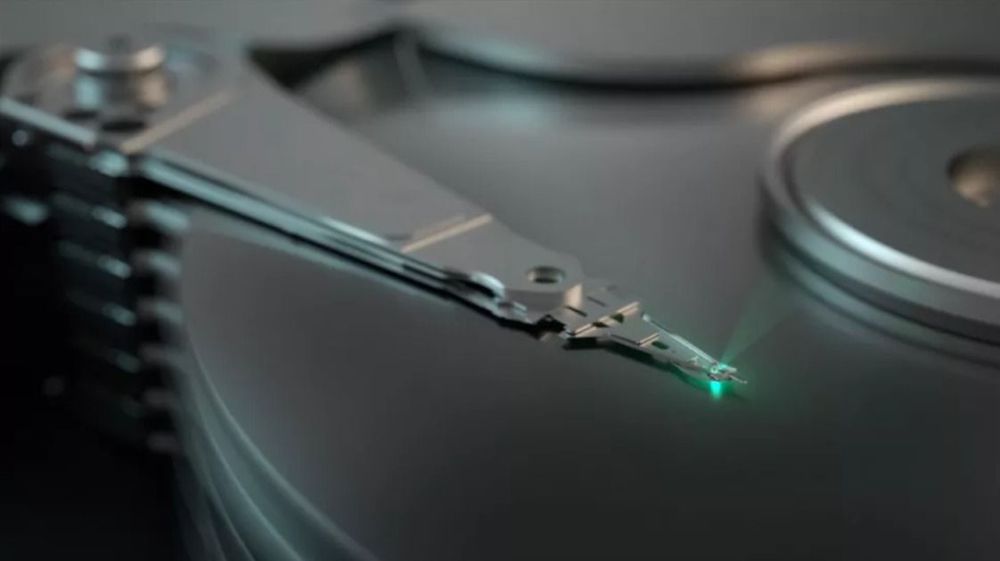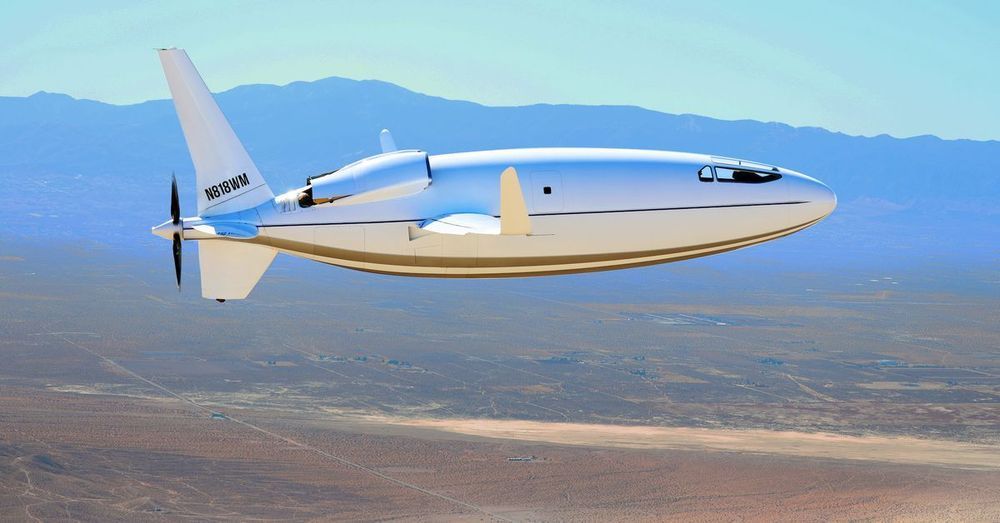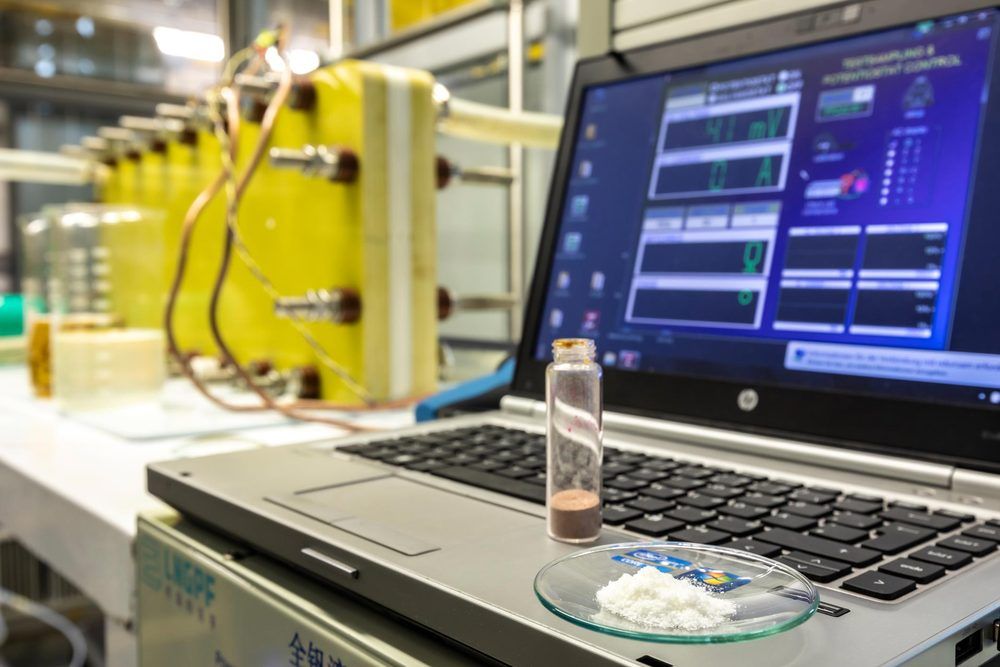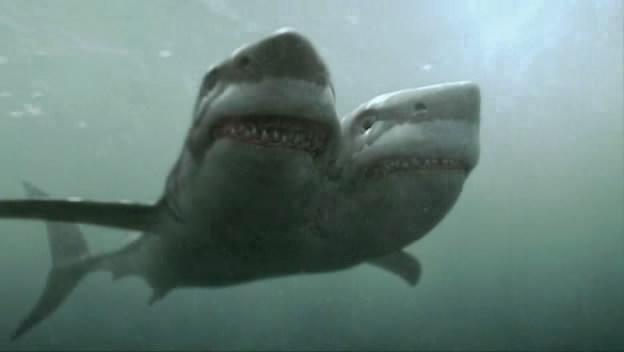Circa 2019
NASA’s X-Plane Program has been around for 70 years. Over the course of those decades, the agency has developed a series of airplanes and rockets to test out various technologies and design advances. Now NASA has cleared the newest one, the X-59, for final assembly.
The X-59 is a supersonic aircraft design. Its full name is the X-59 Quiet SuperSonic Technology (QueSST) aircraft. Rather than pushing for greater speeds or higher altitudes like some previous X-Plane’s, the X-59 is designed to break the sound barrier without the sonic boom. The X-59 will produce no more than a loud thump, if anything at all, when it passes the sound barrier.
Preliminary design for the X-59 began in February 2016. NASA wanted to develop a supersonic aircraft that eliminated the sonic boom. Supersonic aircraft have been around for a while, and have served as commercial airline aircraft. The Concorde was in service until 2003, but the tell-tale sonic boom that the Concorde created is problematic: the Concorde was only allowed on ocean-crossing flights as the noise was too much for populated areas.






